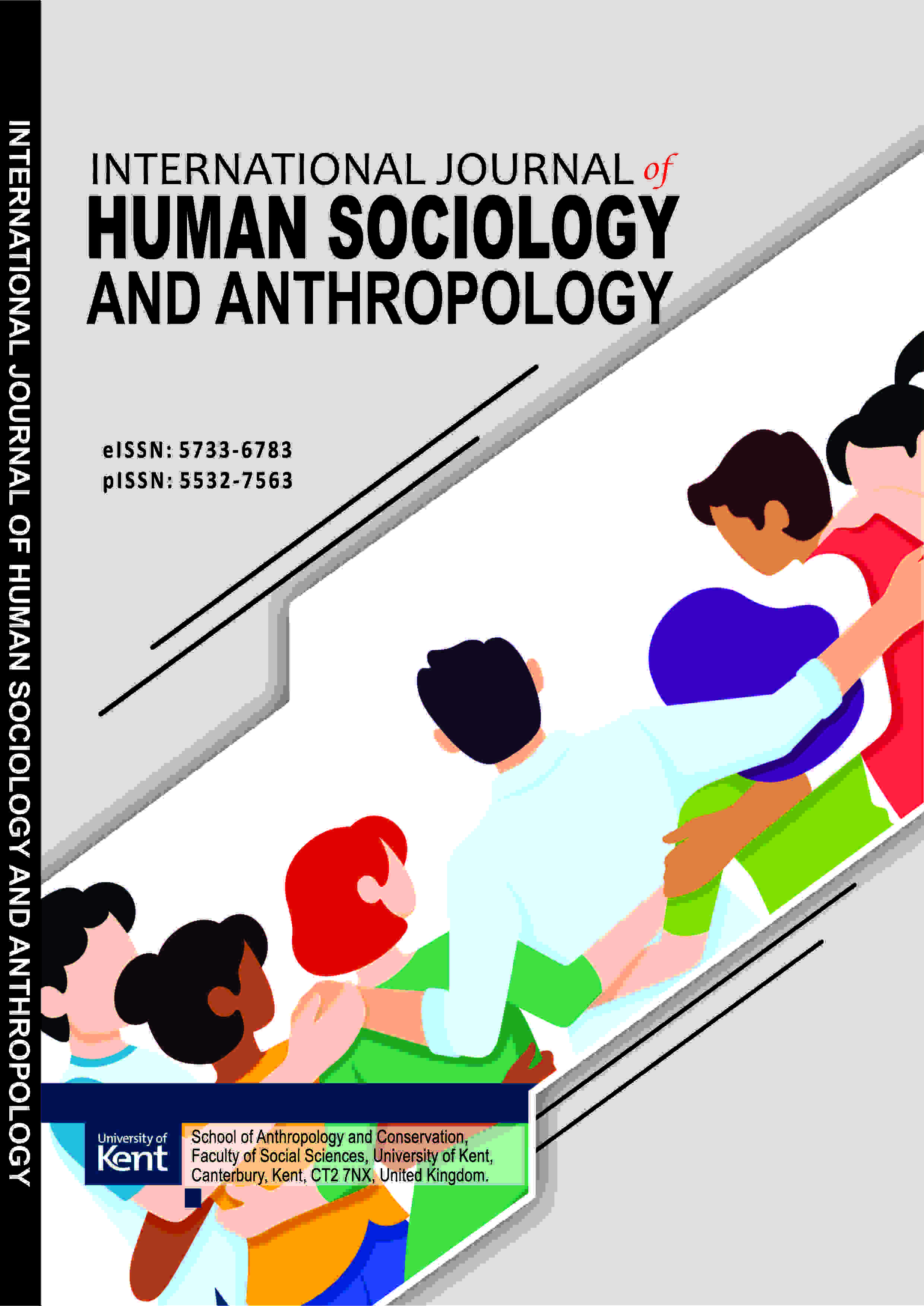INTERNATIONAL JOURNAL FOR HUMAN SOCIOLOGY AND ANTHROPOLOGY (IJHSA)
PATH ANALYTICAL MODEL OF HOME ENVIRONMENT AND SCHOOL ADJUSTMENT OF SECONDARY SCHOOL STUDENTS IN BORNO STATE, NIGERIA
E-ISSN: 5733-6783
P-ISSN: 5532-7563
DOI: https://iigdpublishers.com/article/416
This study investigated Path Analytical model of Home Environment and school Adjustment of Secondary School students in Borno State. The study adopted survey research design and was carried out in three educational districts of Borno State, Nigeria. The population of the study comprised of 4,670 public school students across the educational districts. Multi-stage sampling techniques were adopted for the study. Purposive sampling techniques was used in selecting 20 schools due to insurgency threat in the state while simple random sampling techniques were used to select 200 students (10 students each from 20 schools). The instrument used for data collection was a structured questionnaire titled “Student’s Knowledge on the relationship between Home environment and School Adjustment Questionnaire” developed by the researchers. The questionnaire comprised two sections. Section A contains demographic information of the students while section B contains 28 items on home environment and school Adjustment in terms of physical environment, social environment, psychosocial
environment and educational environment. The instrument developed by the researchers was subjected to expert’s judgement and their comments and suggestions were harmonized and adopted for this study. To determine the reliable of the instrument, it was administered on 20 respondents outside the study area, using test re-test method after a considerable period of one week. Pearson Product Moment Correlation was adopted to harmonize the administrations and a reliability coefficient of 0.75 and 0.76 were obtained. The overall reliability of the instrument was 0.76. Descriptive and inferential statistics were adopted for data analysis. The findings of this study revealed that, the more tractable path model that encompasses five direct and two indirect paths could well explain the school adjustment of students in Borno State, Nigeria. This means that home environmental variables which include physical, social, psychological, educational
environments and family dynamics make a positive and meaningful direct contribution to students’ school adjustment. Therefore, it was recommended among others that, schools and educational policymakers should work with parents so as to enhance the home environment, specifically regarding the physical safety and positive emotional support for schooling and positive family relationships.
Hamman, Mathew Joseph PhD & Amakiri, Hager Atisi Eremina PhD
Crossman, A. (2019). Understanding path analysis. Accessed January, 10, 2022.
Hooper, D., Coughlan, J. & Mullen, M. (2008). Structural Equation Modeling: Guidelines for Determining Model Fit. Electronic Journal of Business Research Methods, 6(1), 53-60.
Internal Encyclopedia of the Social and Behavioral Sciences (2001).
Lawal, B. M. (2020). Structural equation model of selected non-cognitive variables and secondary school students‟ performance in economics in South-west, Nigeria (Doctoral Dissertation, Department of Social Sciences Education, Faculty of Education, University of Ilorin, Ilorin).
Lawal, B. M. (2023). Structural equation model of academic mindset, motivation, perseverance, engagement and secondary school students‟ performance in economics in south-west, Nigeria. Journal of Social and Educational Research, 2(2), 85-93. https://doi.org/10.5281/zenodo.10444314
Moral de la Rubia et al (2010). and Leo et al (2021) Desarrollo de una escala multidimensional breve de ajuste escolar. Rema, 15(1), 1–11. https:// doi.
org/ 10. 17811/ rema. 15.1. 2010.1- 11
